
Sandia is a leading resource for novel and innovative solutions to problems involving:
- Subsurface characterization
- Target detection and monitoring
- Multi-scale physics of fluid-rock interactions
We specialize in computational modeling, lab and field measurement, and analytical capabilities for improved oilfield awareness — including the length scale of interstitial pore spaces to the fully operational and developed field scale.
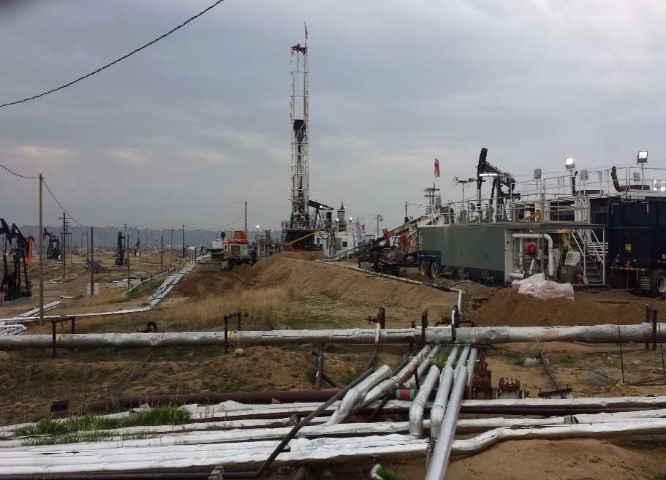
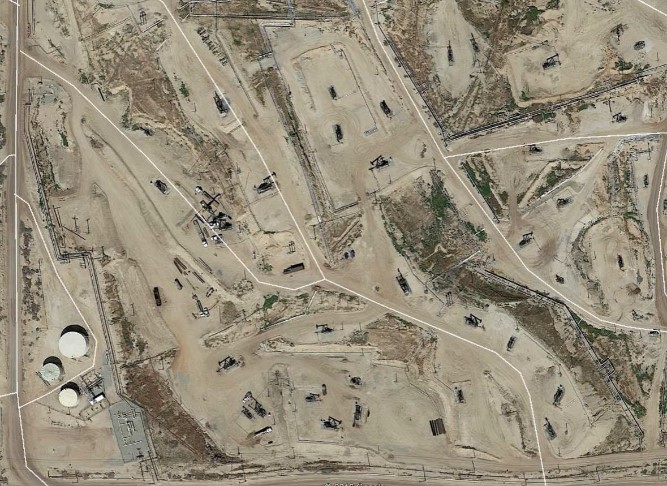
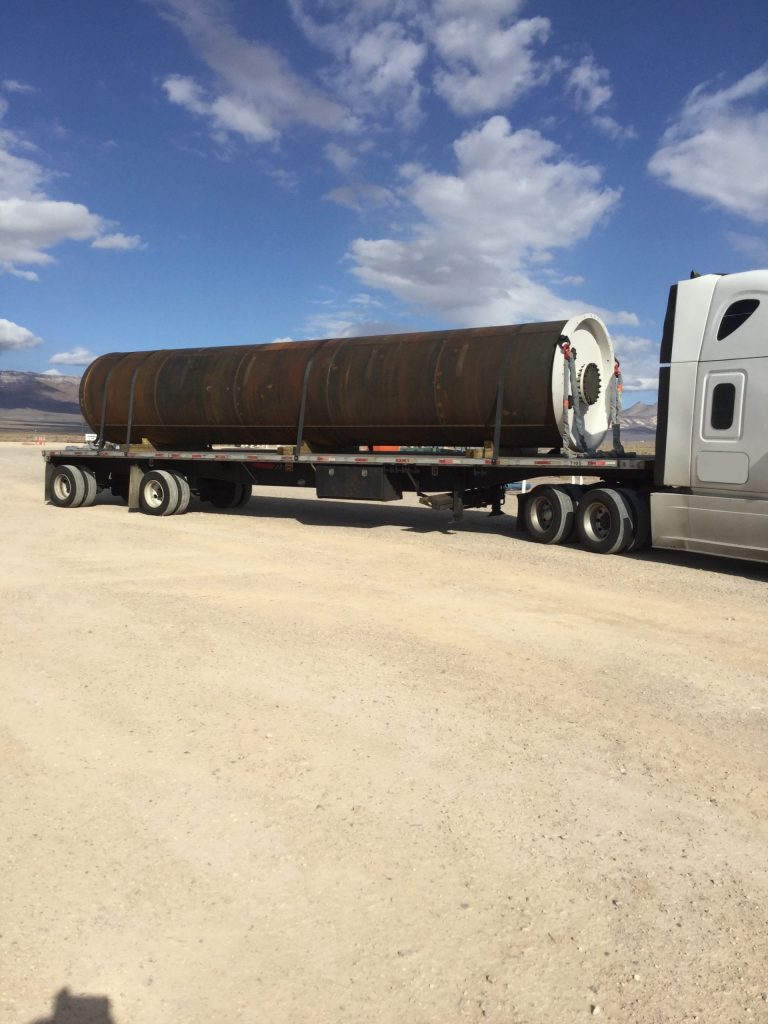
Projects
The Source Physics Experiment (SPE) systematically examine the phenomena in the source region of explosions; particularly the causes of shear-wave. SPE conduct well-instrumented series of explosions at the Nevada National Security Site (formerly NTS) to establish seismic and other recordings as evidence for more physics-based models.
Sandia uses expertise in fractures, wellbores, and other fine-scaled problems to develop complete oilfield awareness models. Sandia developed a software entitled Hierarchical Interface Enriched Finite Element Method (HIFEM). This software generates vertical fracture plane models to identify thin sheet fractures in active oilfields. Traditional modeling methods require months to accurately develop an oilfield model; however, using Sandia’s modeling systems, oilfield models can be produced in less than fifteen minutes.
Gradiometry measures variation in the earth’s density to better understand formations underground. Gradiometry relies on slope of the wave field produced from a gradiometer, which is a relatively new concept. Gradiometers provide significantly more data than from a single 3C instrument station and can be used for both gradiometry and geologic characterization.
Investments
The project goal is to accurately simulate electromagnetic field propagation within complex, multi-scale geoelectric materials and to infer the properties of such materials from observable data. By investing in electromagnetic geophysics, we reduce the computational burden for simulating the electromagnetic response of both natural materials and anthropogenic artifacts, such as industrial infrastructure and pipelines. When compared to traditional finite element analyses the reduction in compute burden and memory resources is on the order of 1000x less. This time savings enables a realistic shot at real-time monitoring, geo-steering, and telemetry by electrical methods in the oilfield.
Sandia has developed a suite of advanced algorithms for simulating three-dimensional (3D) seismic and acoustic wave propagation in a variety of realistic earth and atmosphere models.
Our present complement of modeling algorithms accommodates media containing 3D variations including topography, realistic geology, stochastic variability, and voids (e.g., tunnels).
Additionally, we have developed an algorithm for modeling 3D acoustic wave propagation within a moving fluid, such as the atmosphere. Parallel versions of these algorithms are used for realistic, large-scale modeling.
Sandia’s forward modeling toolset is complemented by geo- and source-characterization algorithms that allow inversion of observed seismic and acoustic data to infer properties of the earth or source. The 3D structure of the earth can be estimated using our ray-based 3D seismic tomography or our newly developed 3D full waveform seismic inversion algorithms. The seismic tomography algorithm simultaneously incorporates body-wave travel times, surface wave dispersion curves, and gravity data to solve for source locations and 3D earth structure, while full waveform inversion enables higher fidelity structural inversions at the cost of greater computational burden.
Future
Sandia is committed to remaining a premier national resource for resolving the nation’s most challenging technical problems in upstream oil and gas as part of a larger vision of maintaining a diverse, safe and secure energy future. The future of upstream oil and gas is driven by expanding interest in machine learning and artificial intelligence, the imminent arrival of 5G network communication technologies, and Sandia’s continued preeminence in micro-electronic technologies and geophysical sensibility. Sandia will continue to pursue breakthroughs in subsurface science and technology to support a dynamic, data-rich future built around smart sensors and distributed autonomous computing.
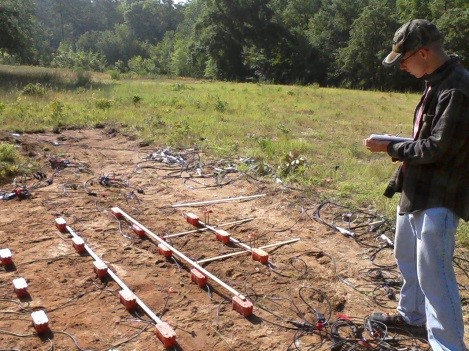
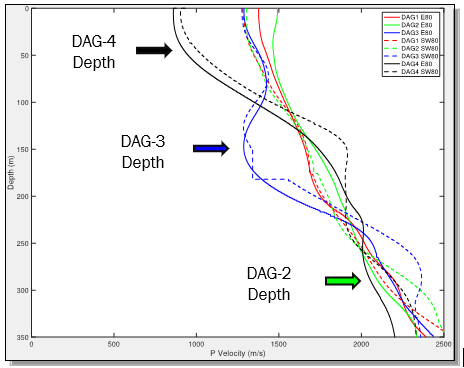
Publications
G. Didem Beskardes – Google Scholar list of publications.
Austin Holland – Google Scholar list of publications.
Christian Poppeliers – Google Scholar list of publications.
Chet Weiss – Google Scholar list of publications.
Patents
US20180247003A: Methods and devices for preventing computationally explosive calculations in a computer for model parameters distributed on a hierarchy of geometric simplices (2018) Weiss, Chester J.
US20200018863A1: Muon detectors, systems and methods (2020) Bonal, Nedra D.; Preston, Leiph A.; Schwellenbach, David; Dreesen, Wendi; Green, J. Andrew; Sossong, Michael
US10578762: Systems and methods for locating and imaging proppant in an induced fracture (2020) Aldridge, David F.; Bartel, Lewis
US10538695: Electrically conductive proppant and methods for detecting, locating and characterizing the electrically conductive proppant (2020) Cannan, Chad; Bartel, Lewis; Palisch, Terrence; Aldridge, David
US20190249536A1: Methods and Systems for Determining Subterranean Fracture Closure (2019) Cannan, Chad; Bartel, Lewis; Palisch, Terrence; Aldridge, David; Roper, Todd; Savoy, Steve; Mitchell, Daniel R.
US20190016950A1: Proppant compositions and methods of use (2019) Cannan, Chad; Palisch, Terrence; Kemp, Richard A.; Boyle, Timothy; Hernandez-Sanchez, Bernadette A.; Miller, James E.
US9863243: Ruggedized downhole tool for real-time measurements and uses thereof (2018) Hess, Ryan Falcone; Lindblom, Scott C.; Yelton, William G.; Limmer, Steven J.; Boyle, Timothy J.; Cieslewski, Grzegorz
Contact
Kyle Jones
(505) 273-1106